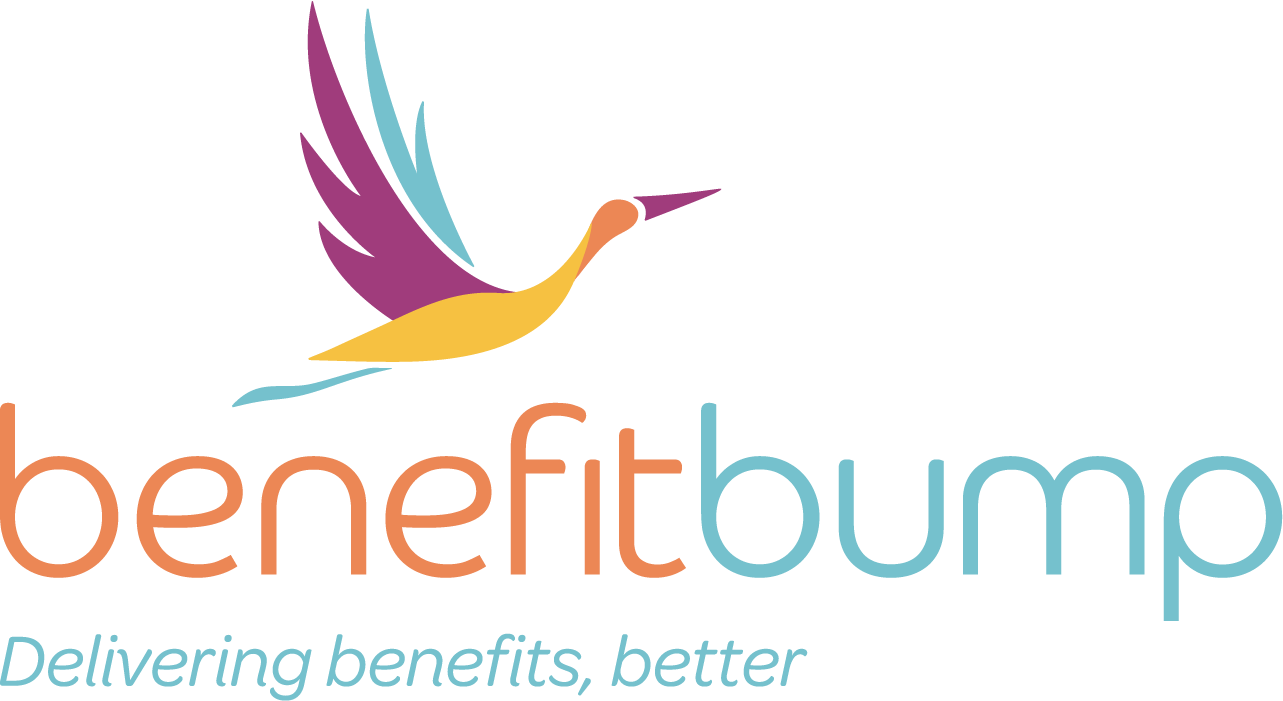Supporting Remote Employees’ Return-to-Work
Returning to work after maternity or parental leave is a topic that receives a lot of attention. But how do managers navigate the return-to-work milestone in a remote-work setting? This article will offer suggestions for managers to support returning parents, whether their work has always taken place remotely or they are trying to navigate a newly “virtual” world.
Returning to work after maternity or parental leave is a topic that receives a lot of attention on both sides – from mothers and fathers preparing to transition back into the workplace as well as managers looking for ways to best support employees. The topic that has received less attention is how to navigate the return-to-work milestone in a remote-work setting. This article will offer suggestions for managers to support returning parents, whether their work has always taken place remotely or they are trying to navigate a newly “virtual” world.
Best Practices for All Remote Managers
In many ways, return-to-work preparations are similar for in-person or remote work. However, limited casual interactions and impromptu discussions make the transition back into the workplace challenging for new parents and their managers. Here are some things to keep in mind:
Normalize occasional interruptions. COVID-19 has made it impossible for employees to separate work and home. Interruptions and cameo-appearances by children, pets, and stray toys are unavoidable. However, many new parents still feel uncomfortable about revealing their home lives, for fear that it makes them “less professional.” Managers can show support by normalizing the realities work-from-home life, and regularly reassuring employees that they are not penalized for these interruptions.
Time to breastfeed/express milk. Whether their children will be home with them or not, breastfeeding mothers will still need to build in time throughout the day to nurse their child or express milk. Break time for nursing mothers is legally protected, but is easy to forget about in a remote world. Show new mothers support by encouraging them to block this time off on their schedules.
Offer creative ways for social connection. Without common gathering places such as a breakroom or “water cooler,” returning parents can feel particularly isolated and invisible when they return to work. To combat isolation, some managers have posed a daily, “just-for-fun” question via email or chat to encourage social interaction. Others have offered or encouraged informal Zoom lunches or coffee breaks between employees. You may find something different that works for your team but try to build in social time. All employees – not just new parents – will benefit!
Offer frequent check ins during the return-to-work transition. Again, without in-person interactions, new parents may have trouble ramping up work or identifying company needs and potential projects. Offer more frequent check-ins during a new parents first weeks back. The time can be used to maintain strong rapport, field questions, or identify potential projects and next steps as employees get their bearings again.
COVID-19 Considerations
If you manage a team who has always worked remotely, you may think that your return-to-work routines are already strong. However, during the COVID-19 pandemic, it is crucial for managers to consider some of the unique circumstances faced by new parents. Outside of work, remember that these new parents have had a birth and postpartum experience unlike anyone before them. Many women faced prenatal appointments without their partners present, as hospitals and clinics limited visitors due to COVID-19. Mothers and fathers may not have had visitors in the hospital. Help during the critical postpartum period was extremely limited, as many new parents limited contact with friends and family for safety reasons and outside help (such as house cleaning, childcare, pet care, and self-care services) have been significantly diminished.
Additionally, rates of postpartum depression and anxiety appear to be skyrocketing during this time; prior to the pandemic, 15-20 percent of women experienced postpartum depression and anxiety. In a study released in December 2020, rates of postpartum depression were closer to 36 percent. Whether they are experiencing significant mental health challenges or not, it is likely that returning parents are feeling even more isolated and exhausted than pre-pandemic returning parents. Managers should consider:
Does the employee have consistent childcare?
Is it possible that the employee’s childcare plan will be interrupted because of COVID-19 (i.e., exposures, quarantines, etc.)? How can managers and employees create a proactive plan to communicate and prepare for potential interruptions?
Can accommodations be made to allow for flexible work hours to account for limited childcare?
How can managers build in rituals or social interactions to welcome an employee back from parental leave?
Although the flexibility of remote work is typically enticing for new parents, there are clear advantages and disadvantages for both employees and their managers. With proactive planning and intentional engagement, managers can ensure a smooth and productive transition back into the workplace for their parenting team members.

